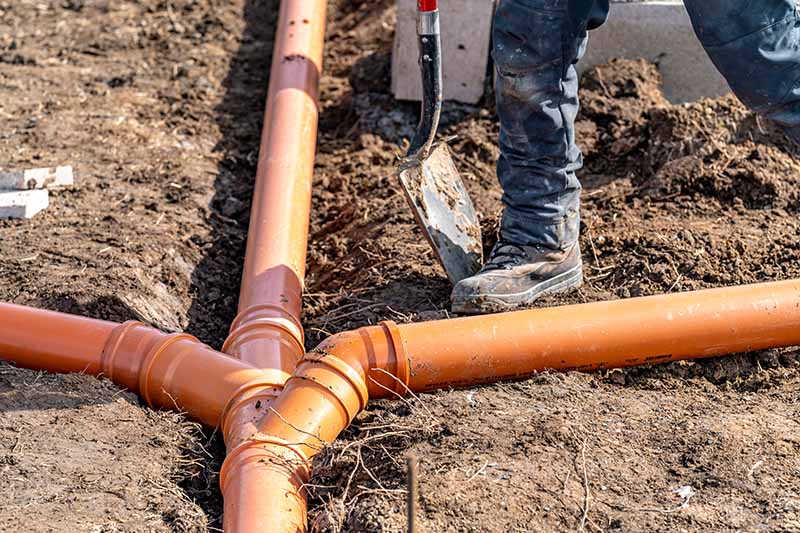When it comes to plumbing systems, the terms “sewer” and “sanitary drain” are often used interchangeably, leading to confusion. However, these two components serve distinct purposes in Hamilton wastewater management. Understanding the differences between them is essential for proper maintenance and addressing plumbing issues.
Sewer Drain
A sewer drain, also known as a sewer line or sewer pipe, is a crucial part of a municipal or city-wide wastewater system. Its primary function is to transport wastewater and sewage from homes, businesses, and other properties to a central treatment facility. Sewer drains are typically larger in diameter, ranging from 4 to 8 inches or more, to accommodate the volume of wastewater from multiple sources.
Here are some key characteristics of sewer drains:
- Public Infrastructure: Sewer drains are part of a public sewage system managed and maintained by local municipalities or utility companies.
- Connection to Treatment Plants: The wastewater collected in sewer drains is transported to treatment plants, where it undergoes purification and processing before being released back into the environment.
- Multiple Properties: Sewer drains serve numerous properties in a specific area, making them a vital component of community infrastructure.
- Accepts Various Wastewater Types: Sewer drains transport not only domestic sewage but also industrial and commercial wastewater, which can contain a wide range of contaminants.
With some knowledge about the key characteristics of a sewer drain, we also encourage you to read about preventing possible sewer backups.
Sanitary Drain
A sanitary drain, on the other hand, is a component of an individual property’s plumbing system. Its purpose is to collect and transport only the wastewater generated within that property, such as water from sinks, showers, toilets, and appliances like dishwashers and washing machines. Sanitary drains are typically smaller in diameter, ranging from 1.25 to 4 inches, depending on the plumbing code and local regulations.
Here are some key characteristics of sanitary drains:
- Private Plumbing: Sanitary drains are part of a property’s private plumbing system and are the responsibility of the property owner to maintain.
- Domestic Wastewater Only: Sanitary drains carry only domestic wastewater, which is relatively free of contaminants compared to industrial or commercial wastewater.
- Connection to Sewer Lines: The sanitary drain connects to the sewer line at a property’s boundary, from where it joins the larger municipal sewer system.
- Routine Maintenance:Property owners are responsible for the upkeep and repair of their sanitary drains, including addressing clogs and blockages within their property lines.
Contact Wentworth Plumbing Today
Understanding this distinction between sanity and sewer drains is essential for Hamilton homeowners and property managers to ensure the proper functioning and maintenance of their wastewater management.
When issues arise with either type of drain, it’s important to seek professional plumbing services to address them promptly and effectively. Contact us today to discuss your plumbing needs.

